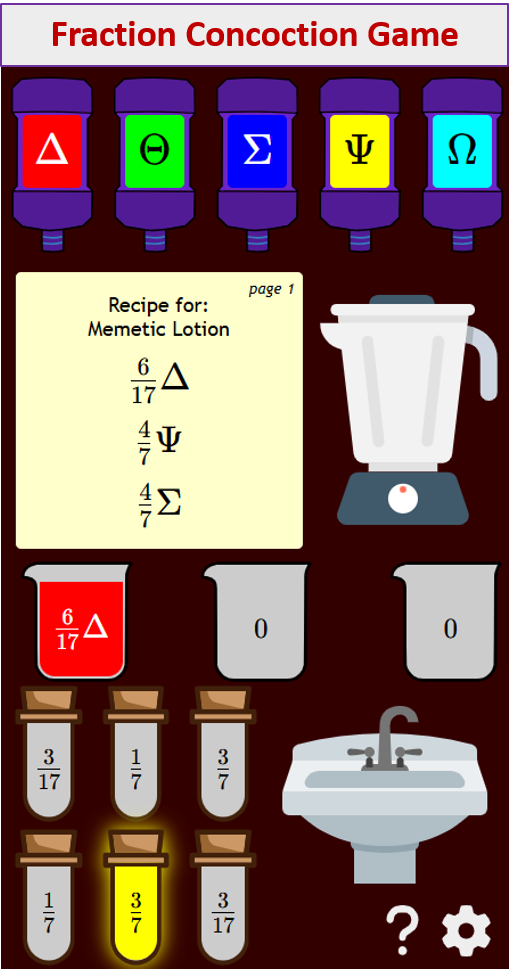Parallel Lines, Skew Lines and Planes
Related Pages
Pairs Of Lines
More Geometry Lessons
More PreCalculus Lessons
These lessons help PreCalculus students learn about parallel lines, intersecting lines, skew lines and planes.
Lines on Geometry
Let’s break down the different types of lines in geometry: parallel lines, intersecting lines, perpendicular lines, and skew lines. The key difference lies in whether they meet and their orientation relative to each other.
The following figures show parallel lines, intersecting lines, perpendicular lines, and skew lines. Scroll down the page for examples and solutions.

What are parallel lines?
Parallel lines are two or more lines that lie in the same plane and never intersect. No matter how far they are extended in either direction, they remain at a constant distance from each other.
In a coordinate plane, parallel lines can be identified as having equivalent slopes. Parallel lines are traditionally marked in diagrams using a corresponding number of chevrons (or arrows).
The symbol for parallel lines is (||). For example, line (a) is parallel to line (b) is written as (a || b).
What are intersecting lines?
Intersecting lines are two or more lines that meet or cross each other at a single point. This point where they cross is called the point of intersection. In a coordinate plane, parallel lines can be identified as having different slopes.
What are perpendicular lines?
Perpendicular lines are a specific type of intersecting lines that meet or cross each other at a right angle (90 degrees).
In the coordinate plane, the slopes of two perpendicular lines are negative reciprocals of each other. If the slope of one line is m1, the slope of a perpendicular line m2 is \( -\frac{1}{m_1} \).
The symbol for perpendicular lines is \(\perp \). For example, line (c) is perpendicular to line (d) is written as (c \(\perp \) d).
What are skew lines?
Skew lines do not intersect and are not parallel. They lie in different planes (they are non-coplanar). Skew lines can only exist in three-dimensional space or higher dimensions.
Coplanar vs. Non-Coplanar:
Parallel, intersecting, and perpendicular lines lie in the same plane.
Skew lines exist in different planes
Important Note: In a two-dimensional plane, if two lines do not intersect, they must be parallel. Skew lines are a concept unique to three or more dimensions.
Learn what parallel, skew and intersecting lines are.
This video will explain about parallel, skew and intersecting lines are two line in the same plane that do not intersect.
Skew Lines - Geometry Help
Students learn the definitions of parallel lines, skew lines.
Skew lines are non-coplanar lines that do not intersect.
Parallel Planes and Lines
In Geometry, a plane is any flat, two-dimensional surface. Two planes that do not intersect are said to be
parallel. Parallel planes are found in shapes like cubes, which actually has three sets of parallel planes.
The two planes on opposite sides of a cube are parallel to one another.
How to identify parallel lines, a line parallel to a plane, and two parallel planes?
Lines are parallel if they are in the same plane (coplanar) and so not intersect.
We us the symbol || to represent parallel lines.
To mark parallel lines in a diagram, we use arrows.
Two lines in the same plane either intersect or are parallel. If two lines intersect and form a right angle, the lines are perpendicular.
Skew lines are lines that are non-coplanar and do not intersect.
Two planes are parallel if they never intersect.
Two planes are perpendicular if they intersect and form a right angle.
Example:
- Identify 3 pairs of parallel planes.
- Identify 2 pairs of perpendicular planes.
- Identify 2 pairs of skew lines.
Difference between parallel lines and skew lines.
Parallel lines are two coplanar lines that never intersect.
Skew lines are lines that are not coplanar and can never intersect.
Try out our new and fun Fraction Concoction Game.
Add and subtract fractions to make exciting fraction concoctions following a recipe. There are four levels of difficulty: Easy, medium, hard and insane. Practice the basics of fraction addition and subtraction or challenge yourself with the insane level.

We welcome your feedback, comments and questions about this site or page. Please submit your feedback or enquiries via our Feedback page.